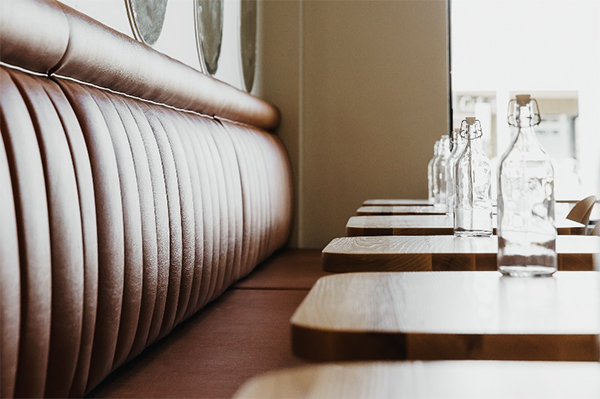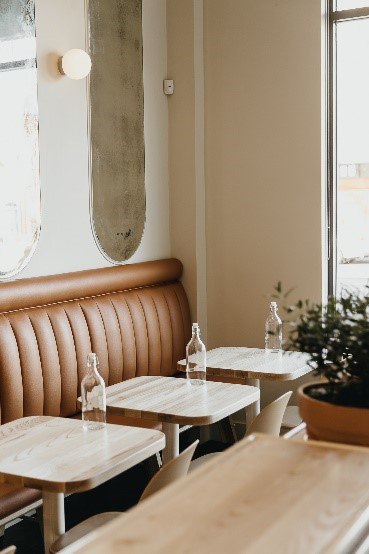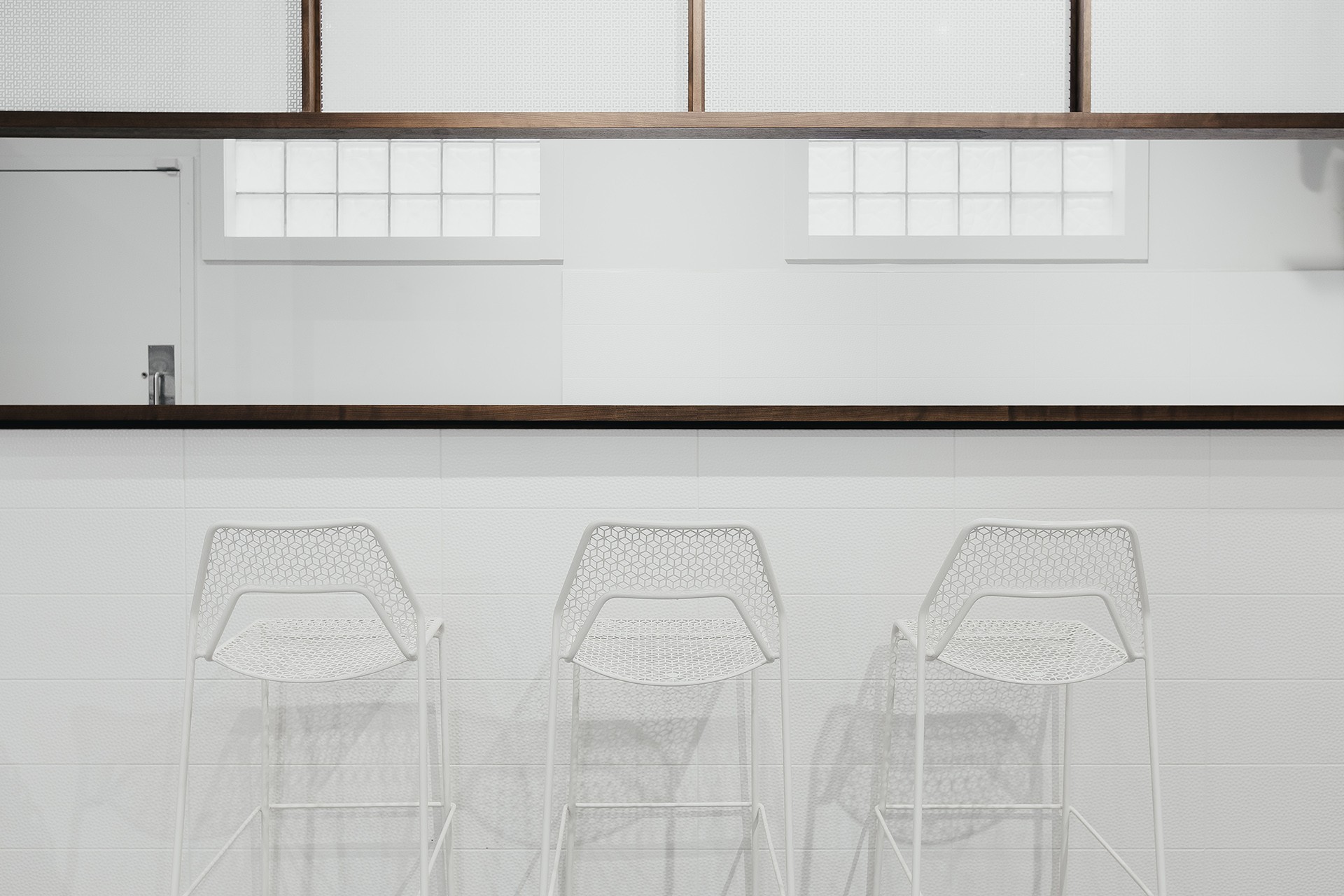Tips from an Interior Designer on Photographing Interiors
Whether you’re a client looking for a photographer to take photos of your space, a design firm looking for the right photographer, or just someone who’s aspiring to get into interior photography, if you follow these key points you should be on your way to creating great photos. Although these are merely guidelines in the world of photography, it’s important to remember to get creative, and to discover a visual aesthetic that you’d like to reflect your work!
Gear – The essential toolkit
The essential toolkit for photographers is made up of four simple things. This isn’t to say that you are bound to these, however they act as a common guideline for interior photography.
- A tripod to keep all moving parts level
- A wide angle lens 16-35mm for those wider shots or large spaces, and a 50mm lens for more detailed shots.
- Tilt screens and live viewfinders help a photographer to double check their shot.
- In order to reduce your cameras movement even on a tripod, a shutter release or 2 second timer will guarantee a clean, defined shot almost always.
Composition – Are the lines working for you?
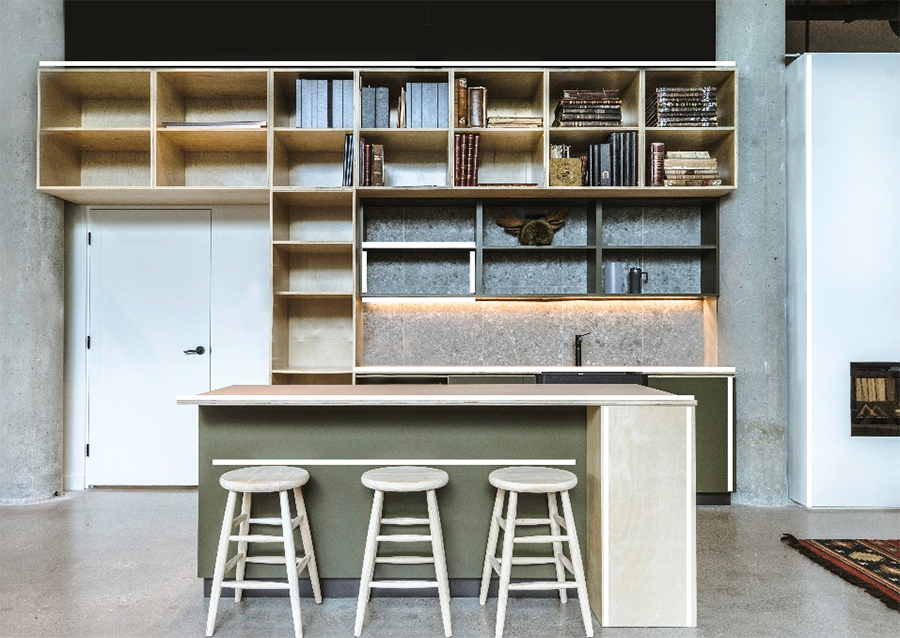
Height can be an important factor when considering your composition. Photography has a lot to do with perspective and visual storytelling. Yes, perspective distortion can be corrected in post processing, however it’s best to think ahead when setting up your shot. Set your camera and tripod height to waist level or a mid-height within the room being photographed. This will help create leveled vertical and horizontal lines. Make sure that your lines are working for you, that they lead to the subject instead of creating visual noise around the subject.
When staging a photo its best to remove any distracting elements that may stand out in a photo. Often what seems to feel neat and tidy in a room can come across as busy and distracting once photographed. Designers have the look and feel of the design dialed, this means that all details were considered. If budgets did not allow all details that designers considered often local design or home good stores will loan out smaller items for interior photoshoots. This will not only enhance the overall space feel intentional, but it also supports local brands should people ever inquire about their product that they saw in a photo of yours! With that in mind, the idea is not to highlight the product specifically, however when circling back to the subconscious, you can manipulate the items in the composition in such a way that they act as storytelling guides to your overall composition.
Lighting – A visual frame for your subject
As an interior designer, the lighting selection for a space plays a large role in the overall look and feel. Users are subconsciously influenced by the lighting in a space just as much as they are when looking at a photo, how lighting interacts with the elements and users within the space is key. You may be lucky to have natural daylight in a space or only pass for artificial lighting. Daylight is typically favorable for most users interacting with the space as well as when photographing a space. Daylight allows for a nice contrast between your highlights and shadows, it also can act as a visual frame for your subject. Try not to shoot directly at bright windows as they will be over exposed. Try to shoot at an angle to them to reduce this blown out look.
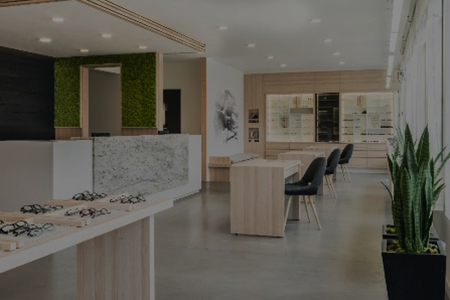 Under Exposure
Under Exposure
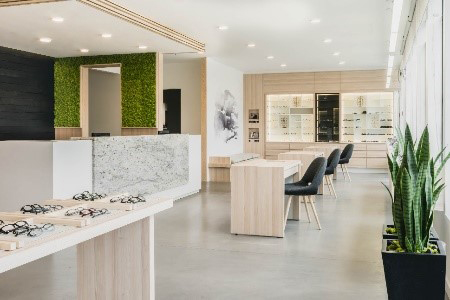 Normal Exposure
Normal Exposure
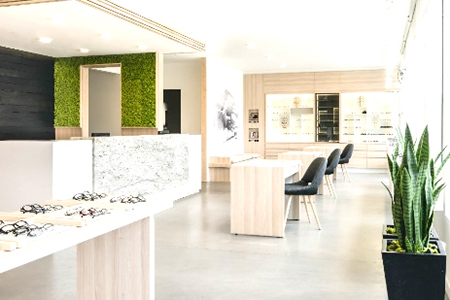 Over Exposure
Over Exposure
Depending on the time of day, and light exposure, it’s best to try taking a bracketed exposure set of photos. What that means in short is that your camera will take a set of photos in an exposure range you choose in your settings. In the post processing article, we will talk more about how shooting this way can work to your advantage in creating the perfect exposure for your photo.
With the focus on energy conservation and specifying sustainable lighting this means that artificial lighting will most likely play a role in the space. Controlled lighting can be great in design, however when photographing a space it can create too much of a variance in the lighting temperatures being photographed. It’s best to shut off all unnecessary lighting, utilize that natural light if any, and work with a fill flash to fill in any lingering shadows. A fill flash will help you bounce light off a nearby wall in order to lighten shadows gradually.
Brand Identity – A discussion around visual imagery
All spaces are a reflection of a brand’s identity. How you compose, light and style your photos will be a representation of that. Just as designers meet with the client to establish their look and feel for the space, a similar discussion around visual imagery and how they wish to have their space portrayed digitally is equally as important.
Consider the platform in which the photos will be shared. Social media or print typically require vertical format images, whereas for branding, a horizontal image may be best. Stylistic brand preferences should be studied ahead of time, even though each photographer has their own aesthetic, it’s important to capture the feeling the client wishes for viewers to feel when seeing the space. As mentioned previously, visual storytelling is relative to the structure of the space in a physical form and in a photograph. While this may be a lot to keep in mind, It’s important to find the right fit stylistically ahead of time as this will greatly impact your final photo set.
